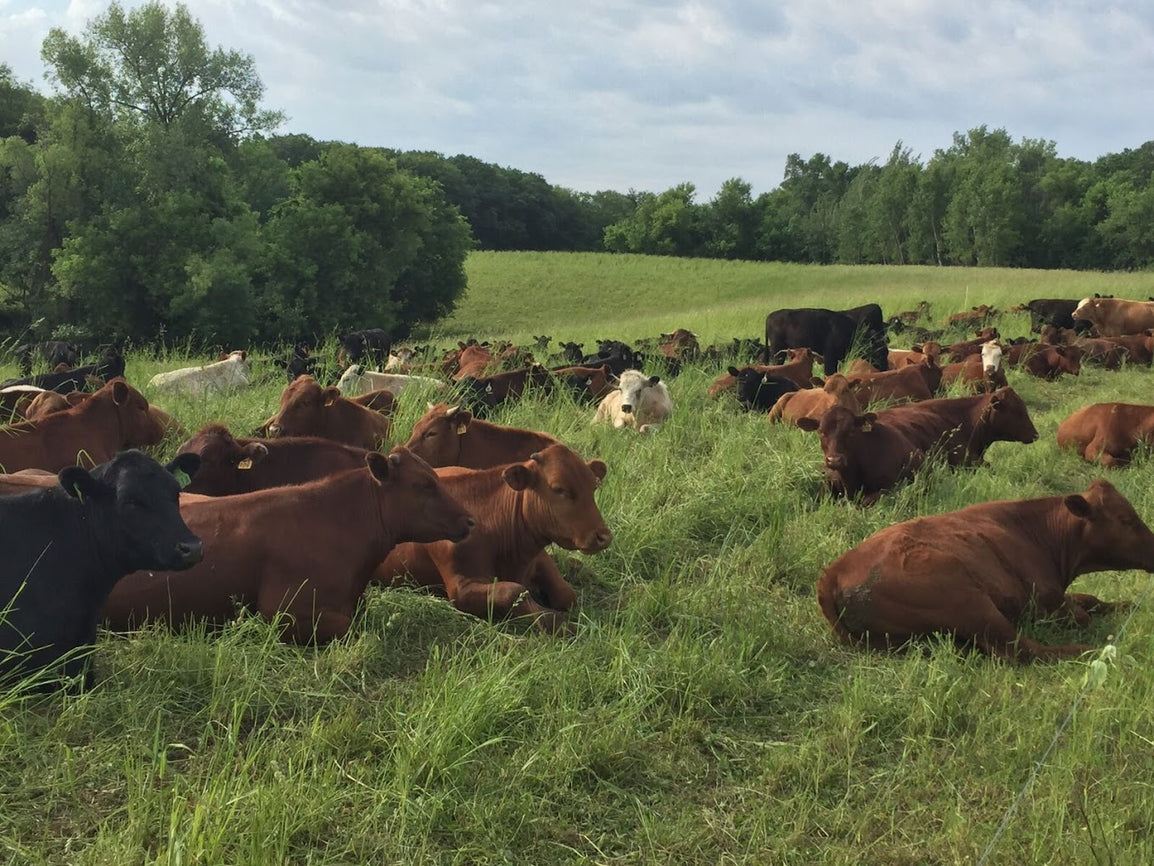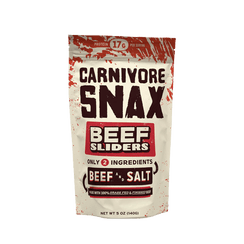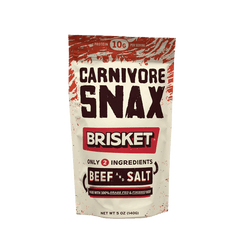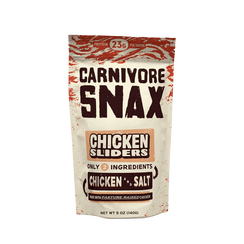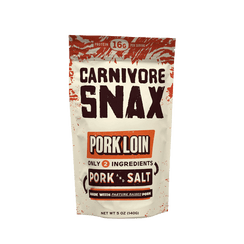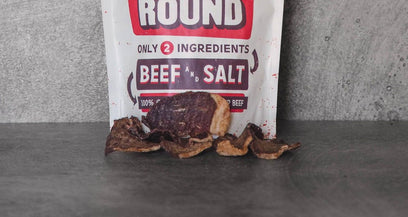THE CARNIVORE DIET BENEFITS




Want to learn about regenerative cattle farming? Maybe you’re a rancher looking to implement techniques that will improve your land, the livelihood of your herd, the end product, and your overall health and wellbeing. Or, perhaps you’re just a curious consumer who wants to know what goes into this more sustainable, ethical practice.
Either way, you’ve come to the right place. We’re going to reach you all about regenerative ranching and the role of cattle in regenerative agriculture as a whole. We’ll empower you with tips for transitioning your ranch to a more regenerative farm. Plus, we’ll share other ways to get started with regenerative farming.
What is Regenerative Cattle Farming?
First things first - what is regenerative cattle farming in the first place? Simply put, this is a holistic approach to ranching that focuses on improving soil health, promoting biodiversity, and enhancing ecosystem resilience.
Moreover, regenerative ranching prioritizes the well-being of the herd - ensuring they’re able to live a healthy, happy life. Everyone wins - the herd, the farmer, the end consumer, and future generations that farm the land.
Let’s take a step back and ask a more broad question - what is regenerative agriculture? At its core, this practice aims to create a more harmonious relationship between livestock, land, and the people who rely on both for their well-being.
Those are the very same goals of regenerative cattle farming. This practice is anchored in the concept of holistic rotational grazing, where cattle are moved across the landscape in carefully planned sequences.
This method mimics the natural grazing patterns of wild herbivores and allows the land to rest and recover between grazing periods. It’s something that happened naturally centuries ago before human intervention. However, as humans built fences and put their herds behind fences, the ability of cattle to graze the land in this way has been all but eliminated.
The consequences of human intervention and the commercialization of our food supply chain are widespread and evident. We’re witnessing rapid soil degradation, loss of biodiversity, water pollution, and excess greenhouse gas emissions.
As progressive as it may seem, regenerative cattle farming is actually taking a trip back in time to the way things used to be. Mother nature knows best - and regenerative agriculture as a whole recognizes that fact and minimizes the use of modern practices. To progress this conversation, let’s take a look at some of the profound benefits of regenerative ranching.
Why Holistic Rotational Grazing is Such a Crucial Component of Any Regenerative Farm
You may already be able to see some of the benefits of holistic rotational grazing - and regenerative agriculture in general. But, exactly why is regenerative agriculture important? We’re glad you asked. Below, we’ll highlight four of the reasons why ranchers should implement regenerative practices.
Rotational Grazing Protects & Restores the Land Being Farmed
As mentioned earlier, rotational grazing is a regenerative farming practice where cattle are moved between different paddocks or sections of a pasture on a regular basis. This is really the foundation for all the benefits that this style of ranching has to offer.
Rotational grazing allows the land to recover and prevents overgrazing, while also promoting the growth of diverse plant species. It’s also a great way to control pasture growth.
Modern farming practices attempt to control excess pasture growth through chemical controls - which not only compromises the well-being of the workers, but also affects the long term health of the soil. Instead, you can allow your cattle to stomp down that growth or eat it themselves.
The result is healthier soil with higher organic matter and improved water retention. This practice not only preserves the land being farmed but also helps to restore degraded land, making it more productive and resilient over time.
This Allows Cattle to Live a More Natural, Enjoyable Life
In contrast to commercial farming practices, where cattle are often confined to feedlots and subjected to stressful conditions, regenerative ranching allows cattle to graze freely on diverse pastures, mimicking their natural grazing patterns.
This approach results in lower stress levels for the animals and improved overall health, making it a more ethical and humane way to raise cattle. Additionally, regenerative ranching contributes to the overall wellbeing of the ecosystem, benefiting other wildlife and the environment as a whole.
The Nutritional Benefits of Regeneratively-Raised Beef
Regeneratively raised beef is not only more sustainable and ethical, but it also has a superior taste and nutritional profile. You may be a bit skeptical…but once you taste the difference yourself, you’ll be left with no doubts.
Cattle that graze on diverse pastures consume a more varied diet, which in turn leads to meat that is higher in essential nutrients, such as omega-3 fatty acids, vitamins, and antioxidants.
The healthier and more diverse diet of the cattle also contributes to the more complex and richer flavor of the meat. This makes regeneratively raised beef not only better for the environment but also more beneficial for consumers in terms of taste and nutrition.
Economic Benefits for Farmers
While there may be some initial investment required to implement regenerative farming practices, the long-term economic benefits for farmers are significant. The improved soil health and increased biodiversity lead to more resilient and productive lands, reducing the need for costly synthetic inputs like fertilizers and pesticides.
Furthermore, the healthier animals and higher-quality meat produced through regenerative ranching can command premium prices in the market, helping farmers earn a better income. By adopting regenerative practices, farmers can create a more sustainable and economically viable farming operation, benefiting both the environment and their bottom line.
Every real rancher has two overarching goals: earn a profit every year while leaving the land better than you found it so you can pass it down to the next generation.
Well, regenerative ranching empowers you to accomplish both of these goals at the same time. You don’t have to sacrifice profits to maintain your land, or vice versa. And below, we’ll guide you through the steps to getting started.
Tips for Implementing Regenerative Cattle Farming on Your Land
If you’re a rancher looking to implement rotational grazing and other regenerative ranching practices on your land, you’re making a choice that won’t just benefit you and your herds. This single decision will benefit anyone who works on your land, the end consumer, future generations who farm your land, and of course, the land itself.
But, how do you get started? While we encourage you to invest in more professional guidance while making this shift, we’ve outlined the preliminary steps below.
Develop a Grazing Plan
Start by assessing your land and identifying the optimal paddock layout and size for rotational grazing. The grazing plan should promote diversity in plant species, reduces soil compaction, and allows for adequate rest periods for each section.
Over time you’ll need to adjust your plan as needed, taking into account seasonal changes and the varying needs of your cattle. You’ll also want to adjust your plan based on how your land responds. More on that later.
Fence and Provide Water Access
Invest in fencing solutions that allow for easy and efficient movement of cattle between paddocks. Use portable or movable fencing to create flexible grazing areas that can be adjusted as needed.
However you go about this, just make sure that all paddocks have access to clean water sources, either by installing water troughs or utilizing natural water bodies on your land. This is the most cost-intensive approach to investing in rotational grazing.
Monitor Soil Health
Regularly test your soil to keep track of its health and fertility. Look for indicators like organic matter content, nutrient levels, and microbial activity.
Adjust your grazing plan and management practices as needed to maintain or improve soil health, and consider incorporating organic amendments like compost and mulch to support soil fertility.
Integrate Multi-Species Grazing
Consider incorporating other livestock species, such as sheep or goats, alongside cattle in your grazing system. Different animals have unique grazing preferences and can help control weeds and parasites while further promoting biodiversity and soil health. Multi-species grazing can also lead to additional income streams for your farming operation.
For example, some types of cattle will never graze heavy brush - you’ll need goats for that. On the other hand, you may need more heat tolerant cattle to graze your land during the summer, giving more sensitive cattle a chance to hide in the shade when hot weather rolls around.
One of the trickiest parts of implementing regenerative cattle farming on your land is pairing the right herds with the right land. This requires careful research and planning, which is why we encourage you to invest in professional guidance from farmers who have done what you want to do.
Promote Wildlife Habitat
Preserve and enhance natural areas on your land, such as riparian zones, wetlands, and wooded areas, to create habitats for wildlife and beneficial insects. How do you do this, though? It’s actually pretty simple.
You can plant native trees and shrubs to provide additional forage, shelter, and nesting sites. Or, you can encourage the presence of pollinators by establishing pollinator gardens and minimizing the use of chemical pesticides.
Educate Yourself and Seek Guidance
As we’ve mentioned a few times already, this guide seeks to point you in the right direction. From there, it’s up to you to invest in yourself through workshops, conferences, or online courses on regenerative agriculture and cattle farming to stay informed on the latest research and best practices.
Similarly, you should connect with other regenerative farmers, seek mentorship, and participate in local networks to share experiences and learn from others who have successfully implemented regenerative practices on their land. You can also learn more about how to do regenerative agriculture in our blog.
Other Ways to Support Regenerative Agriculture
If you’re not a farmer yourself but are looking for ways to support regenerative agriculture, you’re in luck. Our complete guide on the topic will offer a few different ways you can advocate for this type of farming. But below, we’ve outlined the key takeaways from that article:
- Buy Regeneratively Raised Products: Support farmers who practice regenerative agriculture by purchasing their products, such as grass-fed beef, pasture-raised eggs, and organic fruits and vegetables. You can get the best low carb snack while supporting regenerative ranching right here at Carnivore Snax. Our carnivore chips feature just 2 ingredients - meat and salt - and they’re sourced from the most elite, ethical regenerative farms in the nation.
- Shop at Farmers' Markets and Local Food Co-ops: Purchasing directly from local farmers and food co-ops helps support regenerative agriculture practices in your community. Farmers' markets often provide an opportunity to meet the farmers themselves, ask questions, and learn more about how your food is grown.
- Join a Community Supported Agriculture (CSA) Program: Subscribing to a CSA box connects you with a local farm that practices regenerative agriculture, providing you with fresh, seasonal produce while supporting the farmer financially.
- Educate Yourself and Others: Learn more about regenerative agriculture and its benefits for the environment, human health, and the economy. Share this knowledge with friends, family, and your community to raise awareness and encourage others to support regenerative farming practices.
- Advocate for Policy Changes: Support policies and legislation that promote regenerative agriculture and provide financial incentives for farmers who adopt these practices. Contact your local representatives, sign petitions, and participate in public forums to advocate for change.
- Support Organizations Promoting Regenerative Agriculture: Donate to or volunteer with non-profit organizations that advocate for regenerative agriculture, support farmers transitioning to these practices, and provide education and resources to the public. Many regenerative farms welcome volunteers to help with tasks like planting, harvesting, and maintaining the land. This hands-on experience offers a deeper understanding of these practices while supporting the farmer.
Wrapping Up Our Guide on Regenerative Cattle Farming & Rotational Grazing
It’s time to wrap up our guide on regenerative cattle farming. Hopefully, we’ve provided you with clarity on the topic of ranching in a more regenerative way. You’ve learned about the benefits of this style along with tips for getting started or supporting it as an end consumer.
If you want to learn more about this topic, our blog has helpful resources on topics like how regenerative agriculture sequesters carbon, the history of regenerative agriculture, regenerative agriculture vs permaculture, or how regenerative agriculture works.
And remember - you can do your part to reverse the effects of big ag and create a more diverse, resilient, and ethical food supply chain by shopping here at Carnivore Snax. We have meat chips for every carnivore out there - including ribeye chips, steak chips, lamb chips, beef chips, brisket chips, chicken chips, and pork chips.
So, what are you waiting for? Treat yourself today and support regenerative farming in practice!










